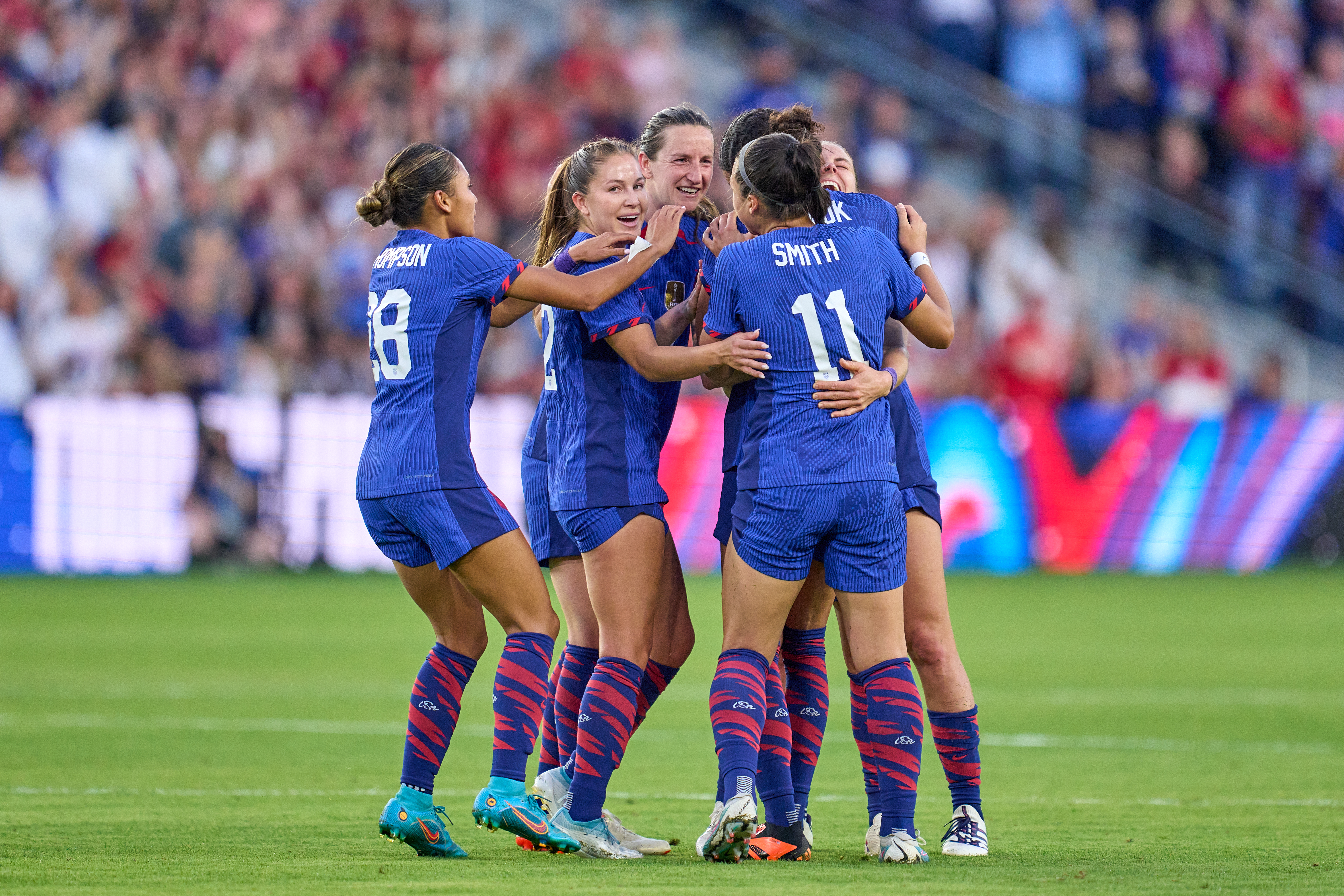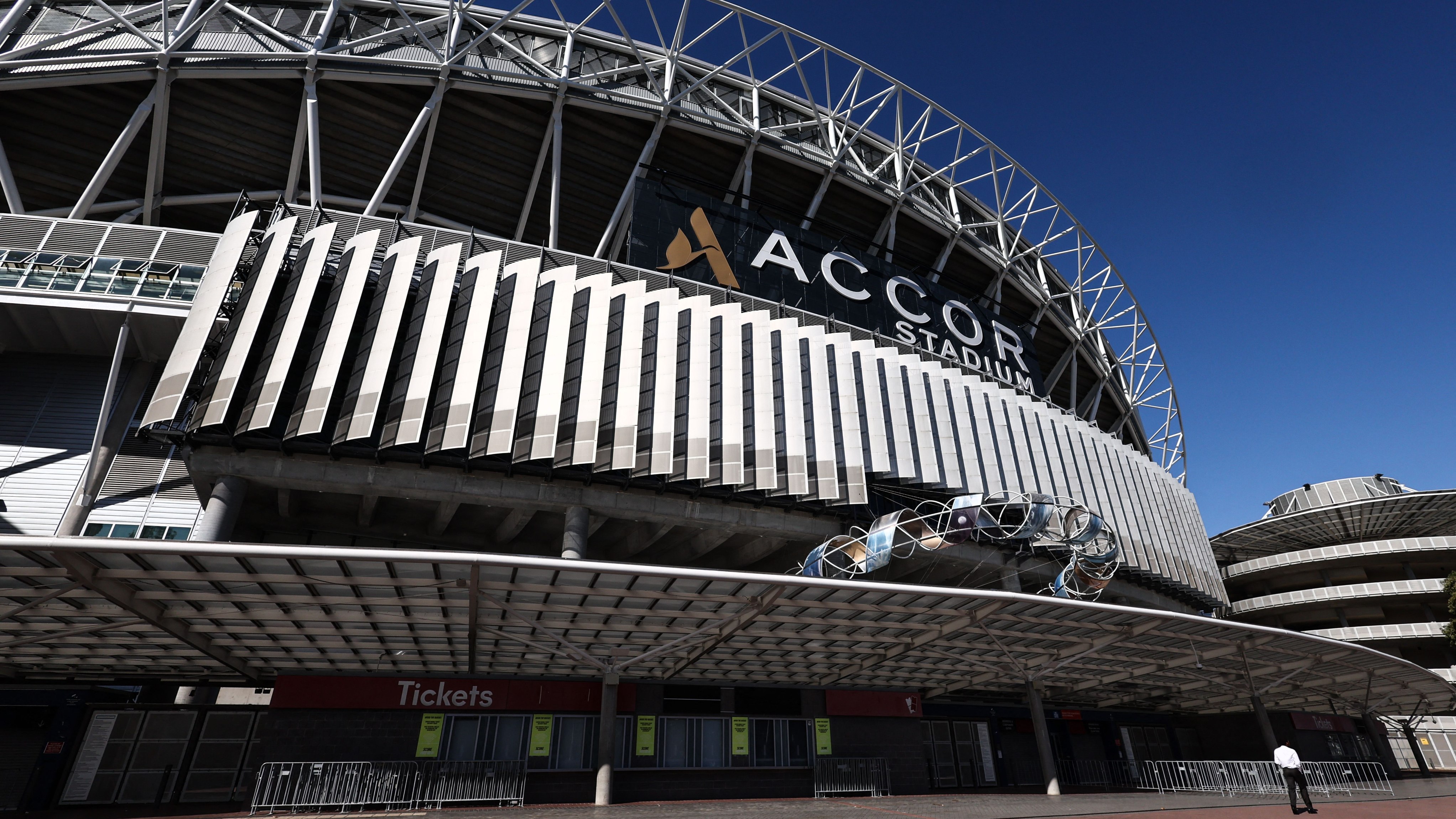The FIFA Women’s World Cup is heading to Oceania.
Australia and New Zealand will become the first countries to split hosting duties for the tournament when it kicks off on July 20. From there, 64 games will be played across the neighboring nations over 31 days.
The Tasman Sea isn’t the only thing that separates Australia and New Zealand. Before players begin making trips between the two countries, here are some historical facts and other notable tidbits about the 2023 Women’s World Cup hosts.
Stay in the game with the latest updates on your beloved Boston sports teams! Sign up here for our All Access Daily newsletter.
How long have Australia and New Zealand been countries?
Australia became a nation on Jan. 1, 1901, when the British Parliament enabled six Australian colonies to form the Commonwealth of Australia. The country ended its legal ties to Great Britain, except for the monarchy, with the Australia Act 1986.
New Zealand became a self-governing dominion of the British Empire in 1907. The Constitution Act 1986 revoked Britain’s legislative power over New Zealand, which has been a free-standing constitutional monarchy ever since.
How much bigger is Australia than New Zealand?
Australia is the sixth-biggest country in the world with 2,969,906 square miles of total area.
New Zealand is significantly smaller. It is the 76th-largest country in the world with 104,428 square miles of total area, making it roughly the same size as Colorado.
How many people live in Australia and New Zealand?
Australia has a much larger population than New Zealand, but it stands much lower in the overall global rankings. At over 26 million people, Australia ranks 55th in population.
New Zealand ranks 123rd with over 5 million people, though its ranking fluctuates given how many countries have a similar population.
What are the capitals of Australia and New Zealand?
Canberra is the capital of Australia and Wellington is the capital of New Zealand.
What is the time difference between Australia and New Zealand?
There are areas in New Zealand that are as much as 16 hours ahead of Eastern Standard Time (UTC -4:00) during Daylight Savings Time. Australia’s earliest time zone is 14 hours and 30 minutes ahead of America’s East Coast.
New Zealand Standard Time is at UTC +12:00. While portions of the Republic of Kiribati are the first areas to experience a new day near the International Date Line using UTC +14:00, Wellington and Auckland of New Zealand are the first major cities on Earth to start a new calendar day.
In Australia, there are five time zones ranging from UTC +8:00 to UTC +10:30.
How does the weather compare between Australia and New Zealand?
Australia, which is closer to the equator, is warmer and sees less rainfall than New Zealand
Since Australia and New Zealand are in the Southern Hemisphere, July and August are winter months for both countries.
Do Australia and New Zealand have the same flag?
Though they look nearly identical at first glance, the stars are different on the flags of Australia and New Zealand. Australia’s flag features six white stars and New Zealand’s has four red ones.
Both flags are based on the blue ensign, a design used by the British Navy.
How many Women’s World Cup games will Australia and New Zealand host?
Australia will host 35 matches at the 2023 Women’s World Cup across six venues. The 29 other matches will be played across four stadiums in New Zealand.
The tournament will begin with New Zealand facing Norway at Eden Park in Auckland on July 20. The event will conclude with the final at Stadium Australia in Sydney on Aug. 20.
How many Women’s World Cups have Australia and New Zealand been in?
Australia will be making its eighth straight Women’s World Cup appearance this summer after missing out on the first edition of the tournament in 1991. The team made three consecutive quarterfinals appearances in 2007, 2011 and 2015 before getting knocked out in the round of 16 in 2019.
New Zealand will play in its fifth straight Women’s World Cup and sixth overall. The team is still seeking its first appearance in the knockout stage.
Is Australia or New Zealand better at rugby?
On top of being at the epicenter of the soccer universe this summer, Australia and New Zealand are among the world’s top rugby nations.
New Zealand’s men’s rugby team is No. 3 in the World Rugby Rankings and has three Rugby World Cup titles, tied with South Africa for the most of any country. The All Blacks captured their most recent championship by beating Australia in the 2015 final.
Despite the runner-up status in 2015, Australia is not far behind New Zealand at the Rugby World Cup. The Wallabies are currently ranked No. 7 in the world and won the Rugby World Cup in 1991 and 1999.
Things are much more lopsided on the women’s side. New Zealand has won the Women’s Rugby World Cup six out of the nine times it has been held. Australia’s best result was a third-place finish in 2010.


